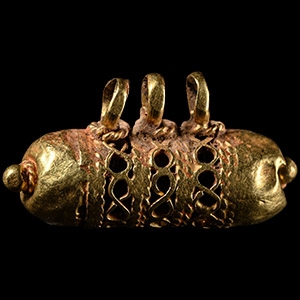Home > Auctions > 5 - 9 December 2023
Ancient Art, Antiquities, Natural History & Coins
Auction Highlights:
UK private collection.
Acquired from York Antiques Centre, in 2001.
Property of a Nottinghamshire gentleman.
Acquired on the UK art market in the 1990s.
Property of a Stowmarket, UK, gentleman.
Acquired 1980-2015.
Ex Abelita family collection.
Accompanied by an academic paper by military specialist Dr Raffaele D'Amato, dated 15 July 2019 and titled 'Eastern Roman Empire - Greek Fire Bomb or Hand Grenade (μεσαίον kακάβιον) 9th-11th century AD'.
Cf. Arendt, W. I., Granaten des 13-14. Jahrhunderts, die an der Wolga gefunden sind, Zeitschrift fur Historische Waffen-und Kostumkunde, 11 (1926-8), p.42; cf. Arendt, W., Die Spharisch-konischen Gefasse aus Gebranntem Ton, ibid; cf. Ayalon, D., Gunpowder and Firearms in the Mamluk Kingdom, London, 1956, p.16; the shape finds correspondence with a fire grenade in the Kars Museum, no.14.09.2009.
Apart from the use of siphons or manual flame-throwers called cheirosiphona, special corps of Roman soldiers employed terracotta grenades, in the form of small jars, abundantly evidenced in archaeological excavations. They were called μεσαία kακαβιά or κυτροκακάβια where the former had a bulbous shape and the latter a more cylindrical form.
Ex Simmons Gallery, London E11, UK, in the 1990s.
From a North London collection.
UK private collection.
Acquired from Redhouse Antiques Centre, York, 2009.
Property of a Nottinghamshire gentleman.
Acquired on the UK art market in the 1990s.
Property of a Stowmarket, UK, gentleman.
Private collection formed since the 1940s.
UK art market.
Property of an Essex gentleman.
Cf. Chadour, A.B., Rings. The Alice and Louis Koch Collection, volume I, Leeds, 1994, item 621, for type.
From a 1990s collection.
Property of an Essex gentleman.
Cf. Baldini Lippolis, I., L’oreficeria nell’Impero di Costantinopoli fra il IV e il VII secolo (Goldsmithing in the Empire of Constantinople between the 4th and 7th centuries), Bari, 1999, figs.17-19, p.231, for parallels.
The type belongs to the group of buckles with internal clipeus, according to Baldini-Lippolis. The ‘clipei’ of the belt buckles with figurative motifs show a rather summary rendering of the subjects, which were mainly created by impressing and engraving. Our buckle has a notable parallel with a similar specimen from Baltimore, with a bust of Christ on the clipeus.
Private collection formed since the 1940s.
UK art market.
Property of an Essex gentleman.
From a 1990s English collection.
Property of an Essex gentleman.
Ex Simmons Gallery, London E11, UK, in the 1990s.
From a North London collection.
From a late Japanese specialist collector, 1970-2000s.
553 - 564 of 2409 LOTS

.jpg)


.jpg)

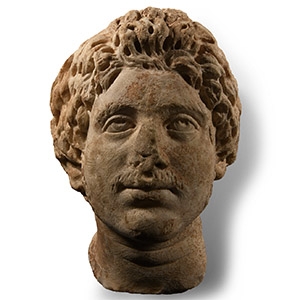
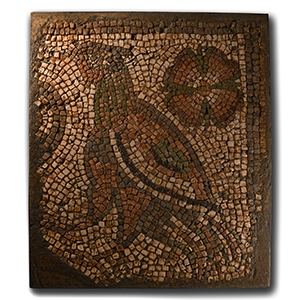
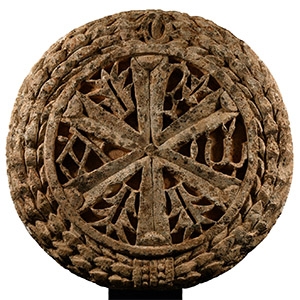


.jpg)


.jpg)
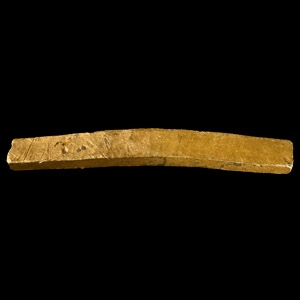
.jpg)
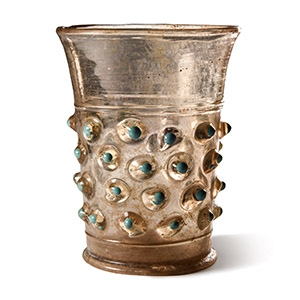

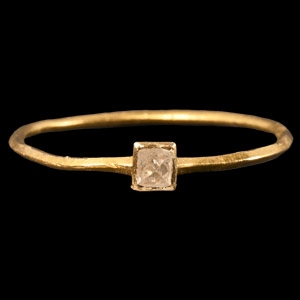

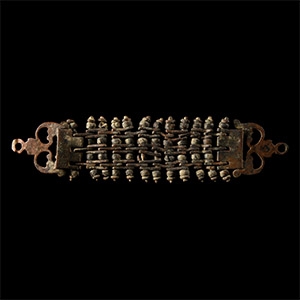


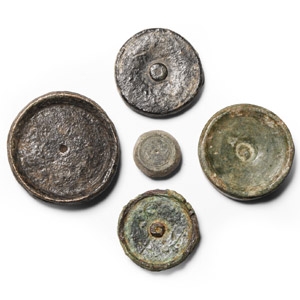


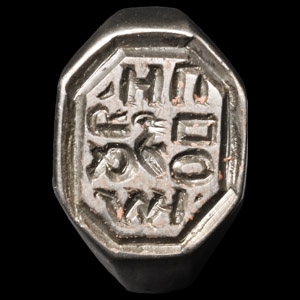
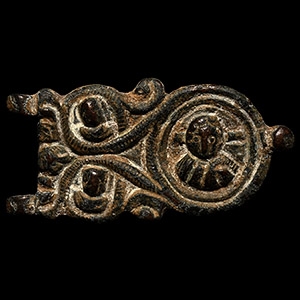

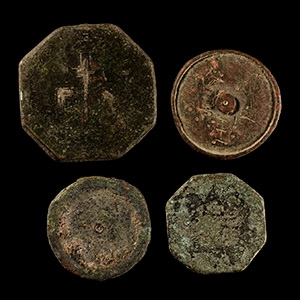
.jpg)
